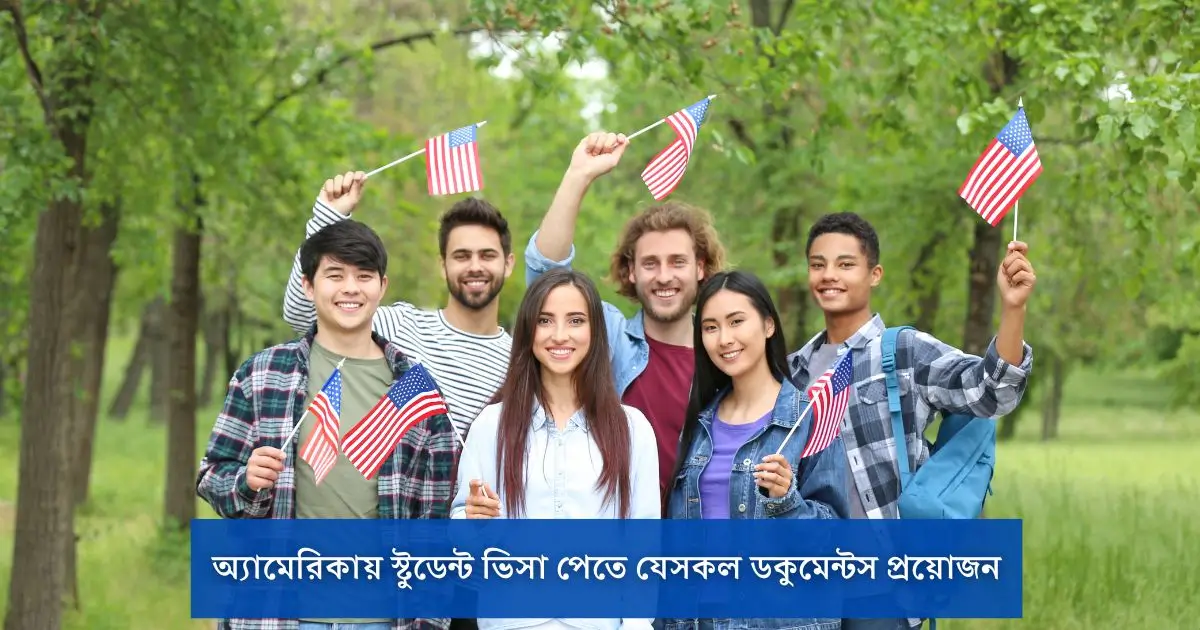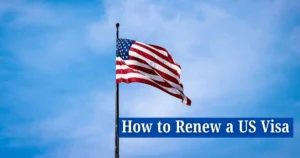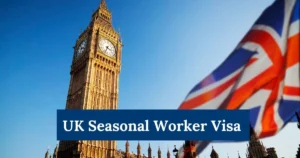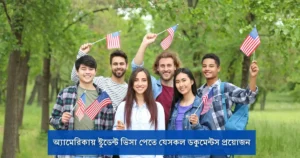With its unmatched educational possibilities, diversified cultures, and cutting-edge research facilities, the United States has long been a popular choice for overseas students. But before starting this thrilling academic adventure, international students have to deal with the sometimes intimidating student visa application process.
This book covers every facet of applying for a student visa to the United States, making sure you are ready to meet all requirements and submit a successful application.
US Student Visa Types
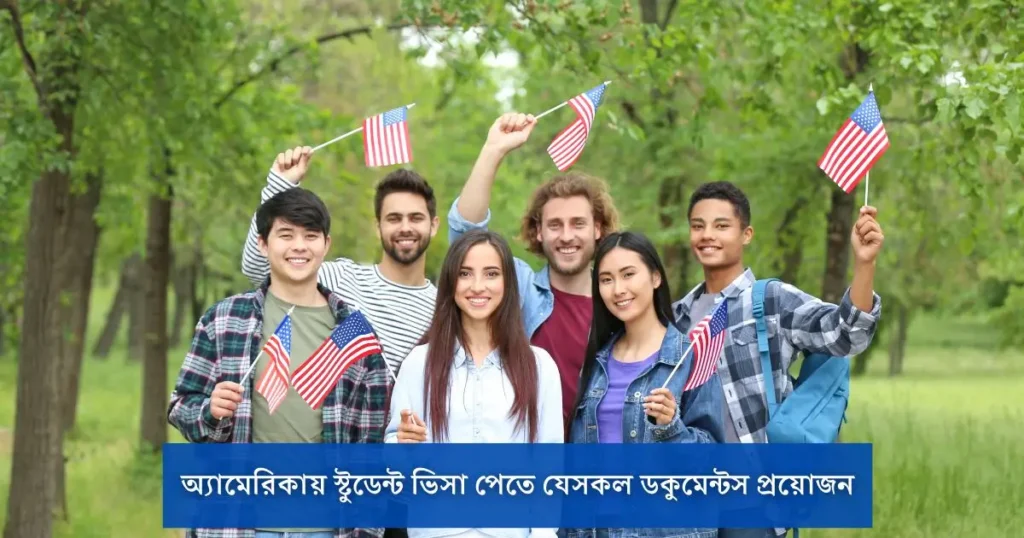
Knowing your visa type is the first step in applying. The US has three main student visa categories:
Academic Program F-1 Visa
The most prevalent student visa is the F-1 for academic courses at universities, colleges, high schools, and language schools.
Key Features: On-campus part-time employment (maximum 20 hours each week).
Program graduates eligible for OPT.
Vocational Program M-1 Visa
The M-1 visa is for vocational or technical students.
Key features: No employment allowed during the study term.
Must show sufficient money for the entire program.
Exchange visitor program J-1 visa
This visa is for cultural or educational exchange students.
Typically, it entails sponsorship from a US organization or institution.
The program may involve internships or practical training.
Your academic or career aspirations determine which visa type you choose.
US Student Visa Qualifications
Obtaining a US student visa requires eligibility. Admission to a SEVP-approved school is the first step. Once admitted, the university gives you an I-20 form (for F-1 and M-1 visas) or a DS-2019 form (for J-1 visas), which are crucial to your visa application.
Financial stability matters, too. Visa officers must believe you can afford education, living fees, and other charges. This proof usually includes money statements, scholarships, or sponsor affidavits.
You must also pass a TOEFL or IELTS test to establish your English competence. If English is the primary language of instruction in your nation, specific programs may waive this requirement.
Finally, applicants must convince the immigration officer that they will return home after graduating. Showing family ties, property ownership, or career prospects back home is typical.
Documents for Student Visa Application
Preparing all paperwork is essential for a flawless visa application. A thorough checklist follows:
- A passport valid for at least six months after your US stay.
- US school or sponsor issues Form I-20 or DS-2019.
- Completed DS-160 Form: Online non-immigrant visa application.
- Student and Exchange Visitor Information System (SEVIS) fee payment receipt.
- Passport photos must meet US embassy regulations.
- Bank statements, scholarship grants, and sponsorship affidavits prove financial support.
- Academic transcripts and test scores (GRE, SAT, GMAT): Offer proof of your education.
- Proof of visa application fee payment.
- Place these documents in a folder for interview and application convenience.
The Application Process: Steps
Admission to a SEVP-approved school is the first step in applying for a US student visa. After admission, the school sends the I-20 or DS-2019 form confirming your participation.
Pay the SEVIS charge on the SEVP website next. This non-refundable fee supports student record upkeep. Complete the DS-160 form afterwards. Form details should match your documentation to avoid issues.
Schedule a visa interview at your country’s US embassy or consulate after completing the DS-160. Booking early is advised because interview wait times vary by location.
Gather academic records and financial documents after setting the interview date. Attend the interview with confidence and honesty, answering questions about your educational ambitions and goals.
Visas are usually processed and handed in within days after approval. Reapply if denied, citing the consular officer’s reasons.
Visa Application Issues
US student visa applications can be challenging. More financial proof is needed. Visa officials must believe you can pay for school and stay without working. Scholarships, precise financial papers, and dependable sponsors can reduce this anxiety.
Proving non-immigrant intent is another challenge. Many applicants struggle to convince immigration officers they will return home after graduating. Strong family ties, property ownership, or job opportunities in your home country may strengthen your case.
English proficiency may be an interview issue for some. Practice common questions and fluency in classes or conversation groups can make a big difference.
Visa Interview Success Tips
Visa interviews are often the most stressful. How to excel:
Honest and Confident
Answer all questions honestly and confidently. Consular officers must trust your intentions.
Practice Common Questions
Expect inquiries like:
You chose this university—why?
How will you pay for school?
Plans after graduation?
Dress professionally
First impressions count. Dress formally to show your commitment to studying in the US.
Prepare to Explain Your College Choice
Please explain why you choose a program and how it fits your career aspirations.
Stay Calm Under Pressure
Even if the officer is dubious, stay calm and give your responses.
Available Visa
- How to Renew a US Visa: A Comprehensive Guide
- UAE Golden Visa Requirements: Are You Eligible?
- How to Apply for a UK Seasonal Worker Visa from Bangladesh: A Complete Guide
- The Complete Guide to US Student Visa Requirements
After the Student Visa is Received
Visas are just the start of your trip. After your visa is accepted, organize flights and lodging near your school.
International students benefit from campus life, academic standards, and cultural adaptability in many schools’ orientation programs.
Visa terms must also be understood. Follow all requirements, including taking a full course load, not doing unauthorized work, and notifying your university of any academic changes.
A support network of peers, academic advisors, and cultural organizations can ease your US adjustment.
Conclusion
Getting a US student visa is challenging yet lucrative. Understanding the requirements, planning well, and approaching each step with confidence will make your US study dream come true. With careful planning and persistence, your academic and personal growth in the US will surpass the application process. Accept the adventure and let it improve your future.

